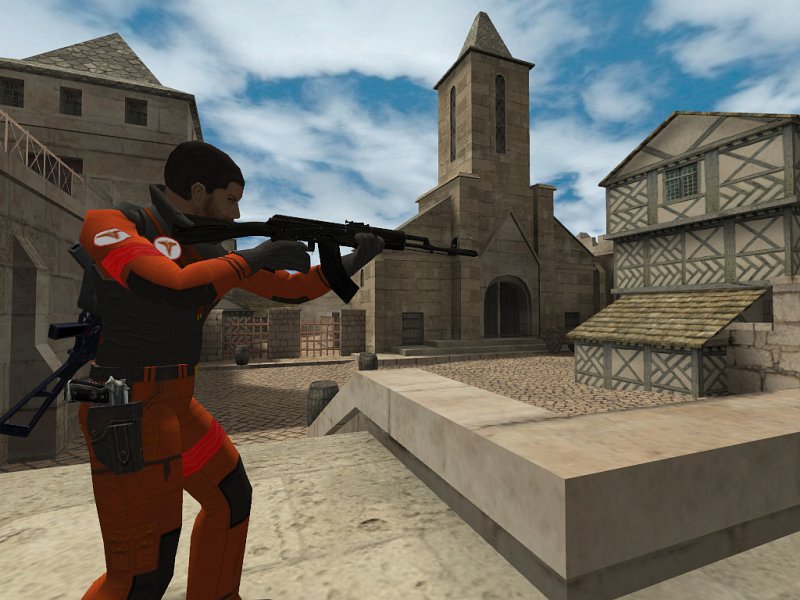At first I reconnected and fitted all cables to make more order behind PC and for "easy" access to keyboard and mouse (still on the cable). Cards in low profile PCI(e) slots are secured too.
I've tried to get better image quality on TV, but either Radeon tv-out don't have mode suitable to work with CRT 100hz Flicker Free TV, or it needs serious tweaking with tools like Powerstrip. I've tried various settings, but Radeon allows to change tv resolution up to 1024x768 and some quality settings. Nothing about vertical refresh rate. So I use best setting I get - 768x576 PAL resolution with visible flickering on high contrast static images like text in web browser. Radeon has deflicker feature but it works by filtering and lowering contrast in flickering areas so image is more fuzzy and misses details. Flickering isn't so bad, but I miss stable 100hz picture. It's basically suited for viewing SDTV programs and for that purpose it looks good.
I thought about purchasing Windows Media Center (my Windows Vista Bussiness licence doesn't include it) , but I will stay with Leadtek PVR2 software. It does it job, I managed to set up remote for work in TV and radio mode. I missed remote configuration for other than PVR2 functions, so I have searched for other software. I have to try commercial solution like Grider, but maybe there is something more cheap and specific. At least I found small utility called Winfast Remote Control Support. It has basic functions allowing controlling other applications like Winamp and sending key codes, so maybe it will be enough. I even tried to control mouse cursor from remote but it's to slow and skippy (max remote "resolution" is about 4 ticks per second). The best option would be controlling separate applications/windows in context aware way. Anyway it's hard to control PC without keyboard, so my next buy will be probably nice wireless keyboard/mouse set.
Because I get analog TV without EPG I have tried to get EPG from internet. It was quite easy because PVR2 can import XMLTV format files. I get wide tv programs coverage in one file. Some additional settings to map channel names to match those from XMLTV and it starts working. I have to set up automatic update of XMLTV file yet, and find way to add more XMLTVs for other programs.
Next I have tried to record some shows from EPG. Few clicks and at the evening I can watch all my favorite shows. Hibernating and waking up due to scheduled recording is working very well.
I think I have device I wanted. The most fun is setting it up and tweaking for my needs. Probably buying low price PVR will save me some money and much time, but I wasn't sure about final usability and match for my needs. Internet connection gives greater possibilities like youtube and other videos, IP-TV is other great option. I don't spend too much time for TV, but now I have a freedom of choice when I can watch my favorite show, and better manage my time.









